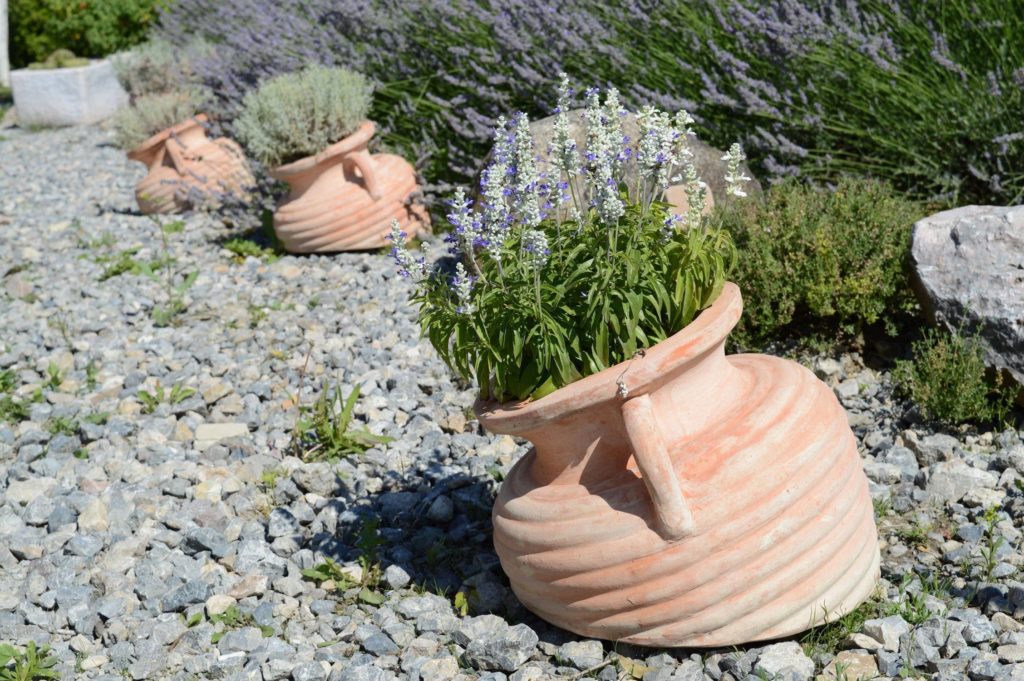
Grow Perennials In Containers: Top Choices For Colorado's Colorful Gardens
Are you looking for a way to add vibrant color and texture to your Colorado garden? Perennials are the perfect choice. By growing them in containers, you can easily control the environment they need to thrive. You can create beautiful gardens featuring perennial plants that will last for many years with the right combination of soil, sun exposure, watering, fertilizing, and pruning practices. Let’s look closer at how you can select and care for perennials in container gardens so that your garden is always brimming with gorgeous blooms!
Selecting the Right Container
Choosing the right container for your colorful perennials is key to having a vibrant garden – so let’s get started! Size and material are two of the most important factors when selecting a container. Choose a size that allows plenty of room for roots to grow, appropriate drainage, and easy maintenance. Durable materials such as wood, ceramic, or galvanized metal best suit Colorado’s climate. Avoid plastic containers if possible; they tend to crack in extreme temperatures. Be sure to check if any conditions need special attention such as water retention or UV protection.
What Perennials Grow Well in Containers?
You can create a stunning garden with perennials in containers. Coral Bells, Yarrow, Columbine, Purple Coneflower, and Zinnia are all great options for adding color to your container garden. These gorgeous flowers come back year after year and will thrive in Colorado’s climate if planted correctly.
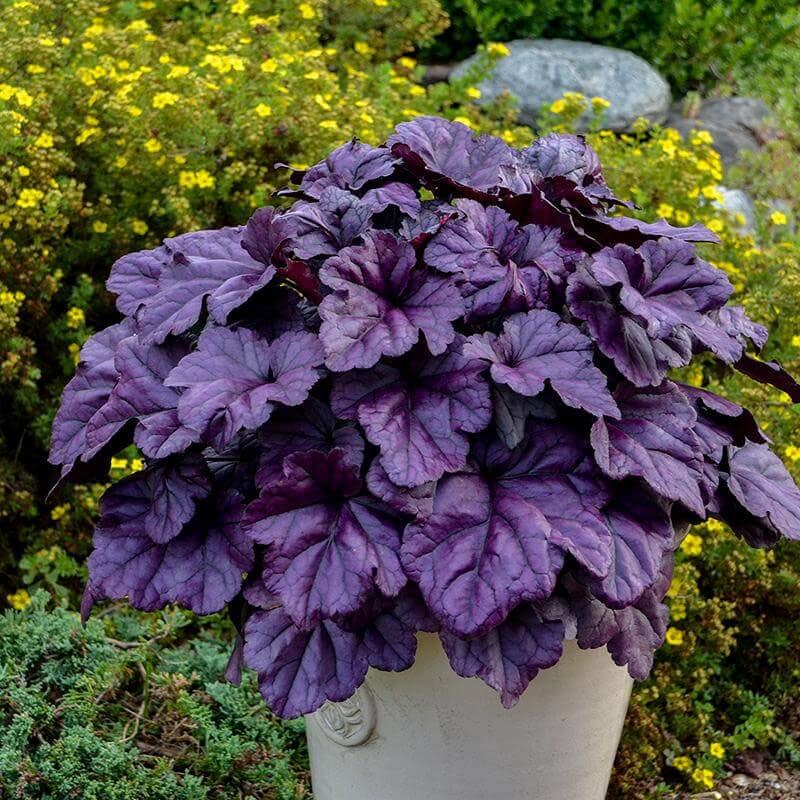
Coral Bells

Yarrow
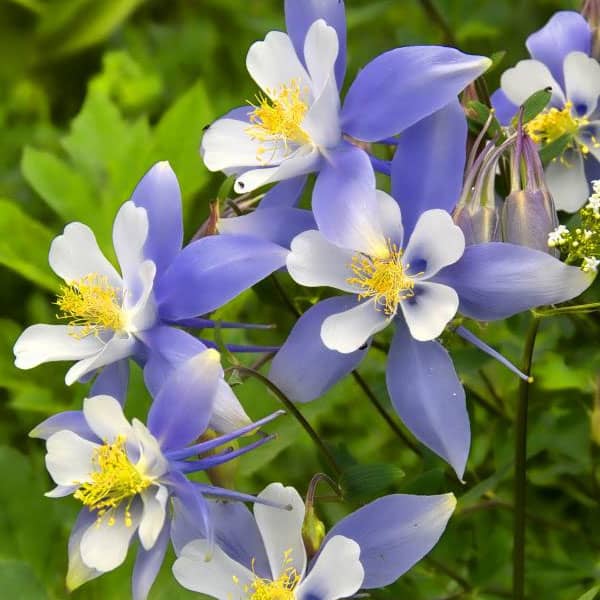
Columbine

Purple Coneflower

Zinnia

Dianthus

Daylily
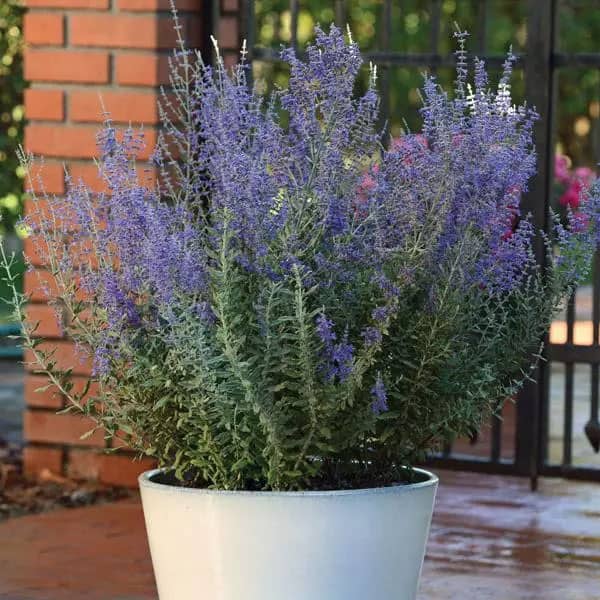
Russian Sage
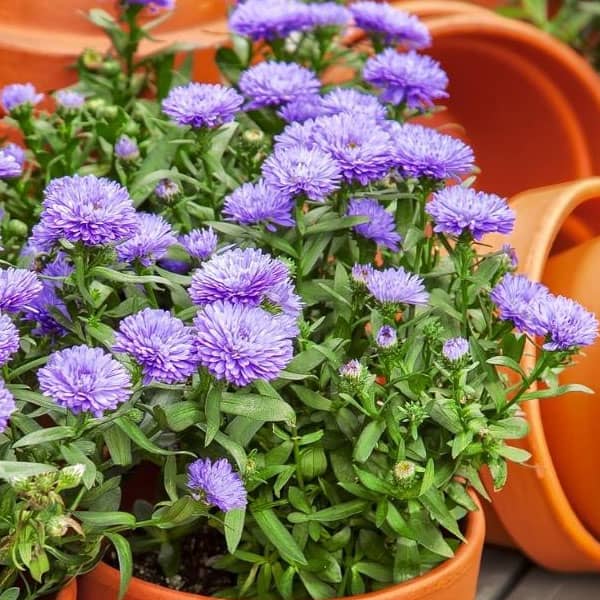
Asters
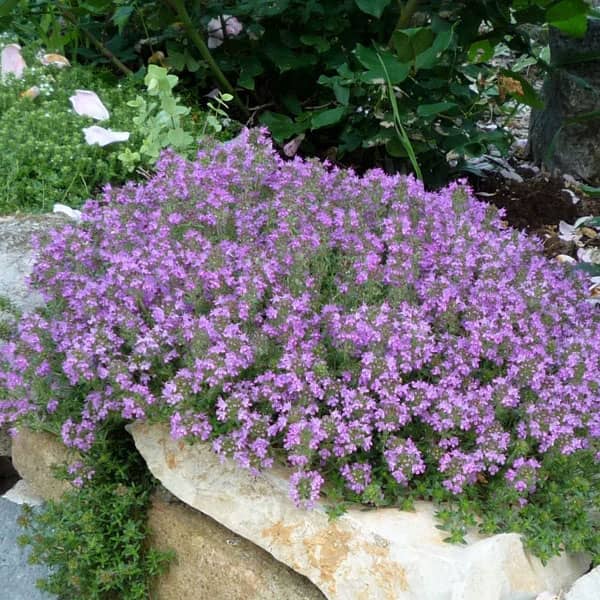
Creeping Thyme
Determining Soil Requirements
Choosing the right soil for your container-grown perennials is critical for vibrant blooms and healthy plants. When growing creeping thyme, you should look for a well-draining potting mix with a neutral pH level. The best way to measure this is with a soil test kit, which can be purchased at most nurseries or gardening stores. To ensure proper drainage, consider mixing some perlite or coarse sand into the potting mix. Aim for an airy texture with good water retention capacity that allows water to pass through without becoming soggy. Additionally, make sure your containers have several drainage holes at the bottom of them so excess water can escape easily. With the right soil requirements met, you will be able to enjoy beautiful and fragrant blossoms from your creeping thyme all year round!
Maximizing Sun Exposure
Now that you’ve got a handle on the soil requirements for your container garden, it’s time to figure out how to maximize sun exposure. While Colorado is generally sunny, you’ll want to consider both the amount and quality of sunlight for your plants. Aim for at least six hours of direct sunlight each day; if possible, try to give them more! Consider finding a spot in your yard that gets morning light and afternoon shade or vice versa – this will help protect delicate foliage from burning in the intense midday heat. Additionally, avoid areas with reflected heat (like near metal fences). With these tips in mind, you can ensure your perennials get plenty of sunshine and grow vibrantly all season long.
Appropriate Watering Practices
With the right watering practices, you can give your container garden the nourishment it needs to thrive. From selecting the right soil mix and containers to choosing plants that are well-suited for Colorado’s climate, small steps like these can have a big impact on your garden’s success. Here are five tips for watering your vibrant perennials in containers:
- Check regularly — Aim to check your plants every day and water when needed.
- Water deeply — Perennial plants need deep watering so that their roots can grow deep into the soil which will help them become stronger and more drought-resilient.
- Consider irrigation — If you’re planting large areas or have a challenging schedule, consider installing an irrigation system to ensure adequate water is provided.
- Avoid overwatering — Too much water can lead to root rot or other plant diseases, so be sure not to overwater your plants.
- Watch for signs of stress — Wilting leaves indicate dehydration and yellowing or drooping leaves may indicate too much moisture in the soil; adjust accordingly.
Fertilizing for Optimum Growth
Fertilizing your plants regularly can help them reach their full potential and provide a lush, flourishing display. A slow-release fertilizer is recommended for perennials in containers. This type of product will provide the plant with nutrients over an extended period of time, reducing the need for frequent applications. To ensure healthy growth, start with a balanced fertilizer that has equal amounts of nitrogen (N), phosphorus (P) and potassium (K). Avoid fertilizers high in nitrogen as this can lead to excessive foliage growth at the expense of blooms. In addition, always follow directions on the package and apply according to label recommendations. If you find that your plants are not growing well despite regular feeding, it may be worthwhile to have soil tested to identify any deficiencies or toxicities that could be causing issues with growth.
Best Pruning Practices
Pruning is an important part of maintaining vibrant and healthy plants, so it’s important to know the best practices for doing so. These include:
- Removing dead or damaged branches in order to promote healthier growth;
- Pruning during the dormant season, usually winter, as this has been proven to be most beneficial;
- Regularly trimming off any unwanted foliage or stems that may be obstructing other plants’ access to light and airflow.
Conclusion
You’ve now got all the information you need to start growing vibrant perennials in containers for Colorado’s colorful gardens. Select the right container, find suitable perennials, determine soil requirements, maximize sun exposure, practice appropriate watering and fertilizing techniques, and prune your plants correctly for optimum growth. With these tips in mind, you’ll be able to create a beautiful garden with plenty of color that will last for years to come!
